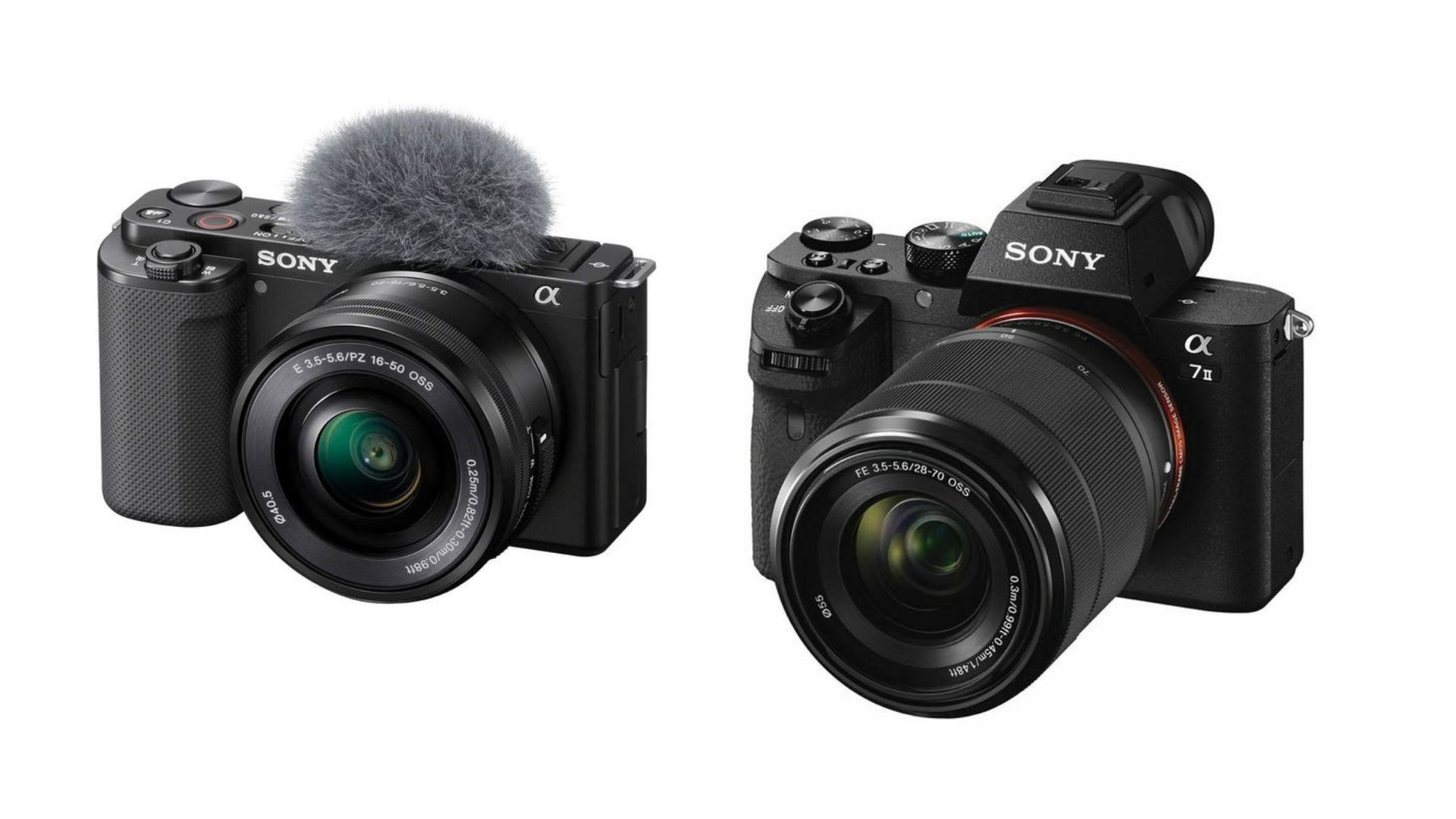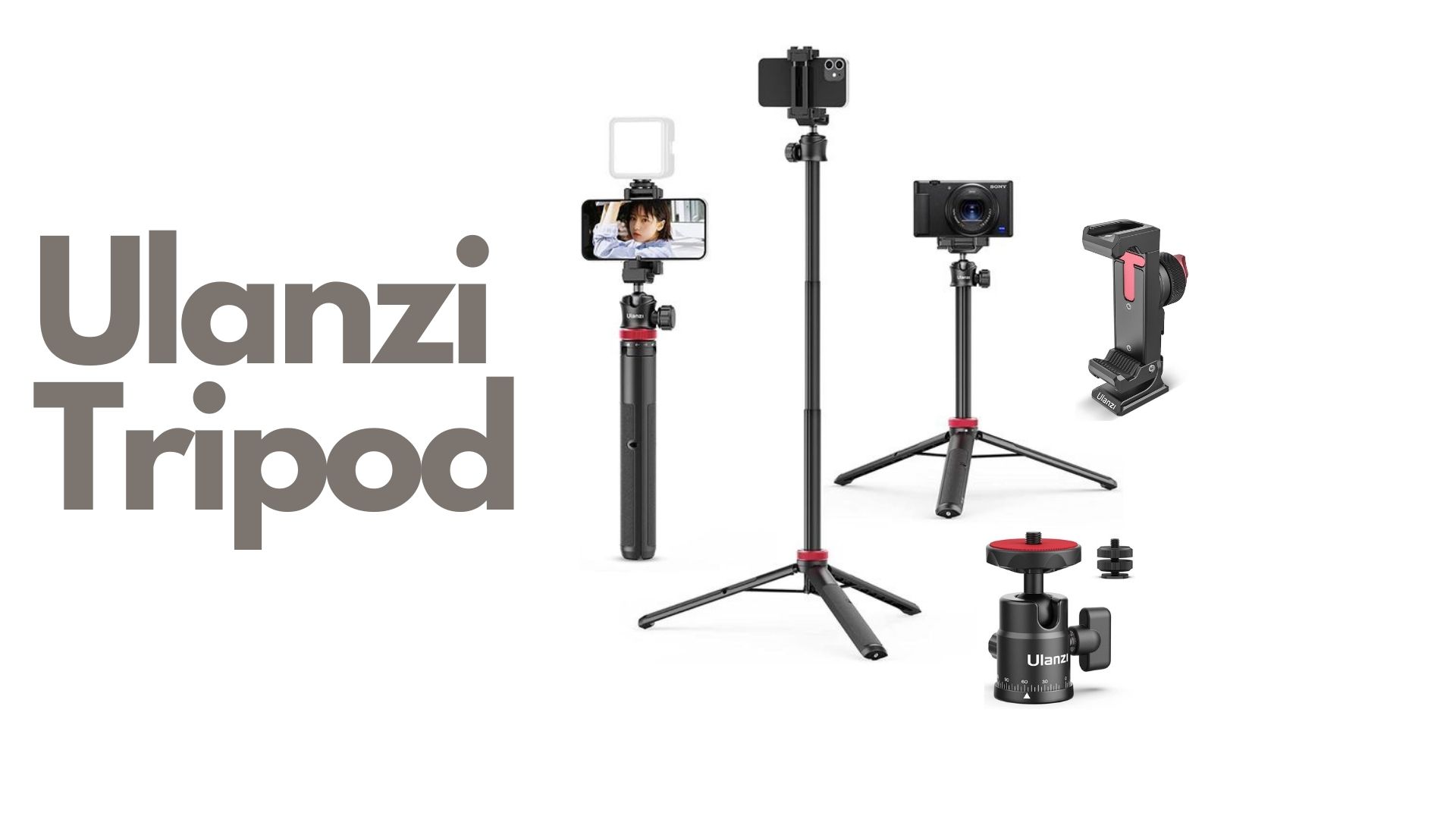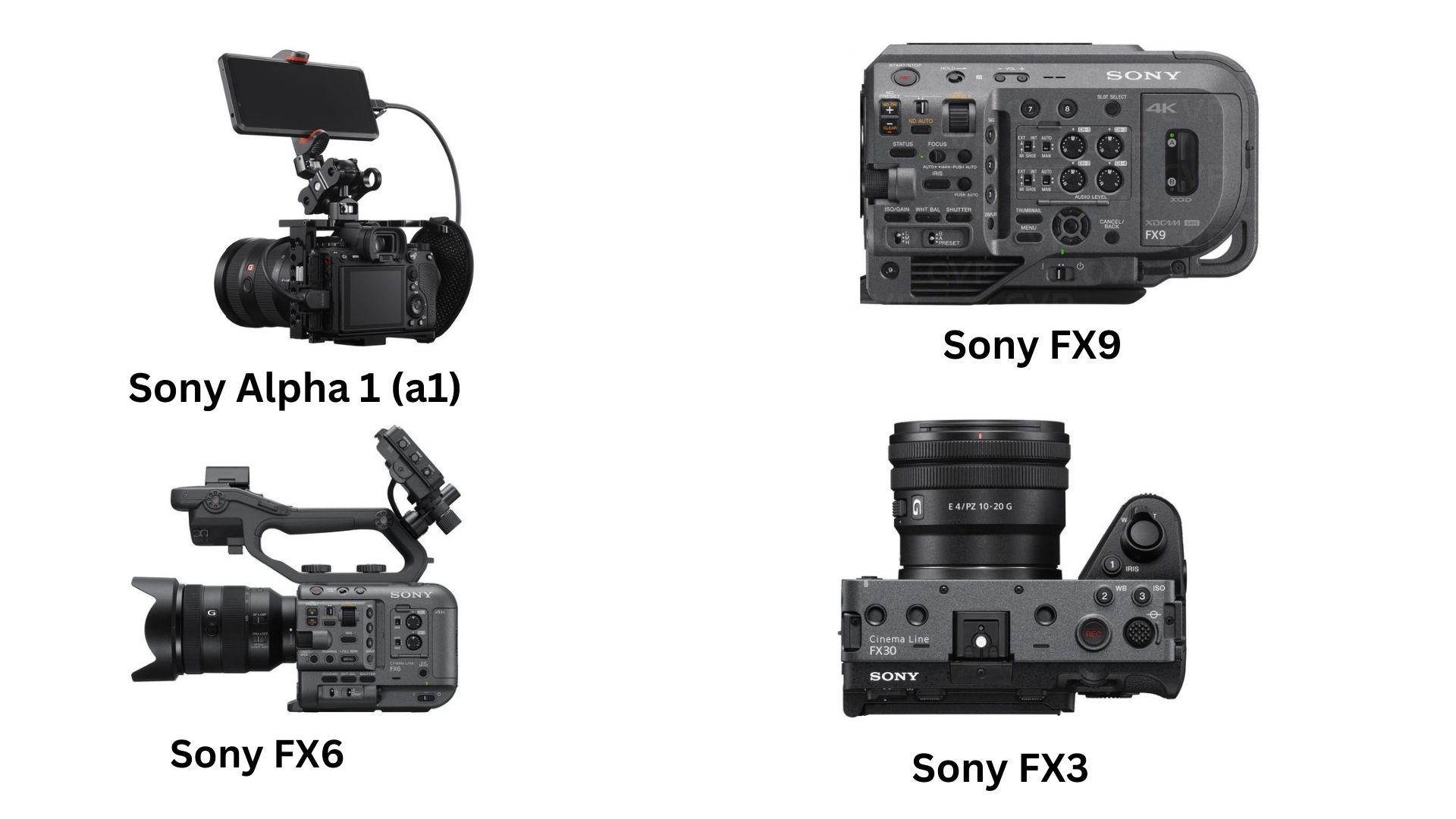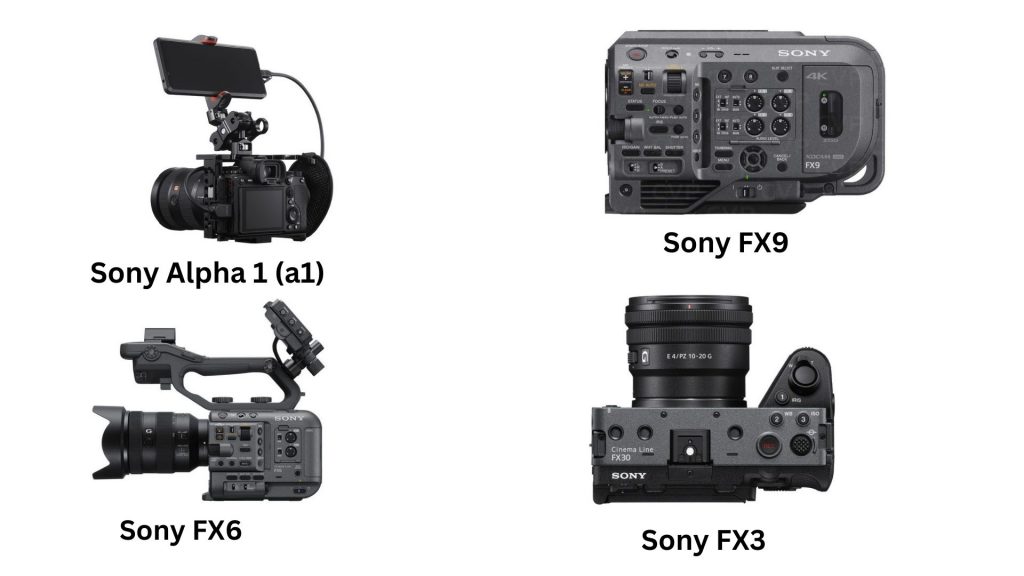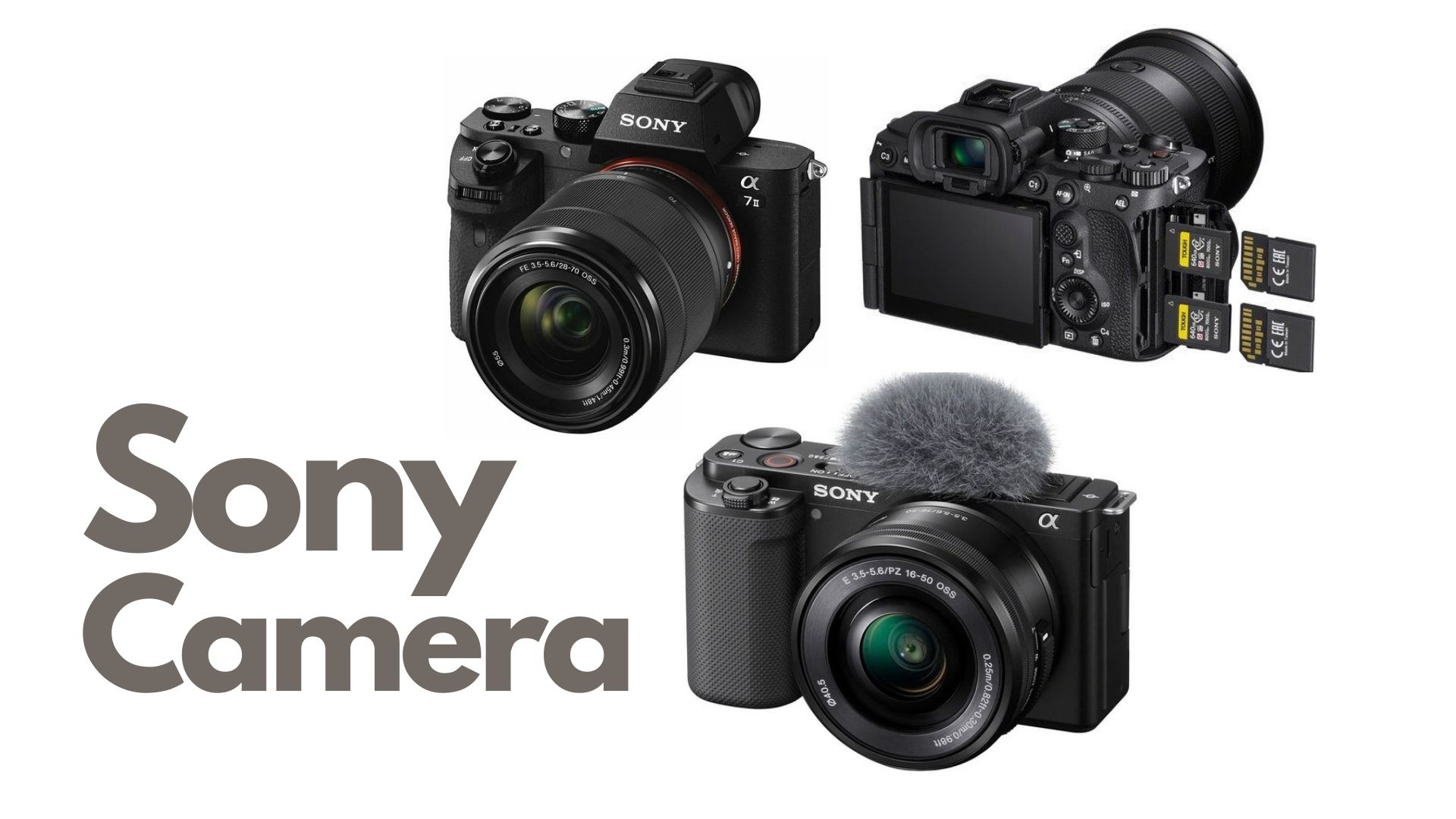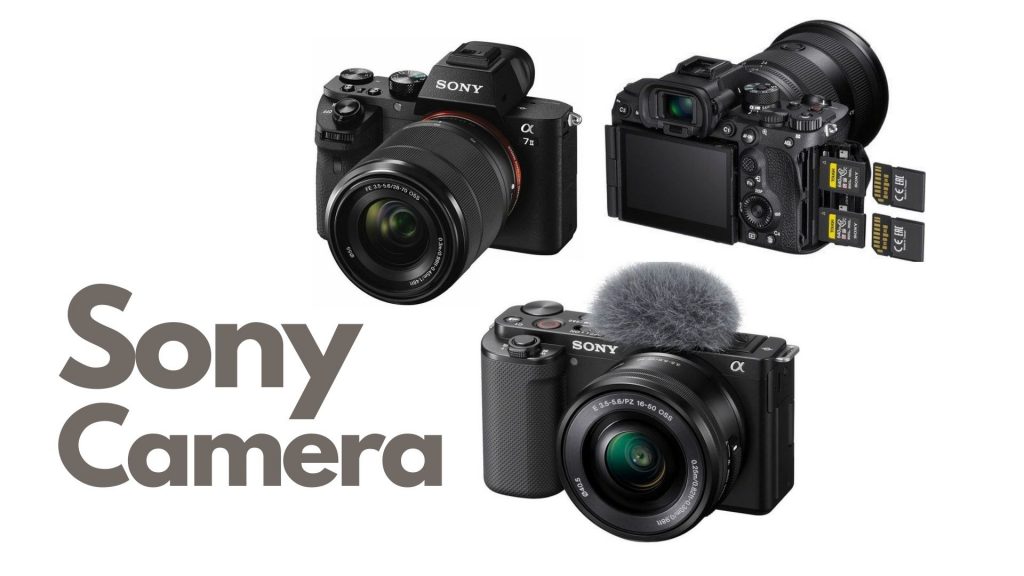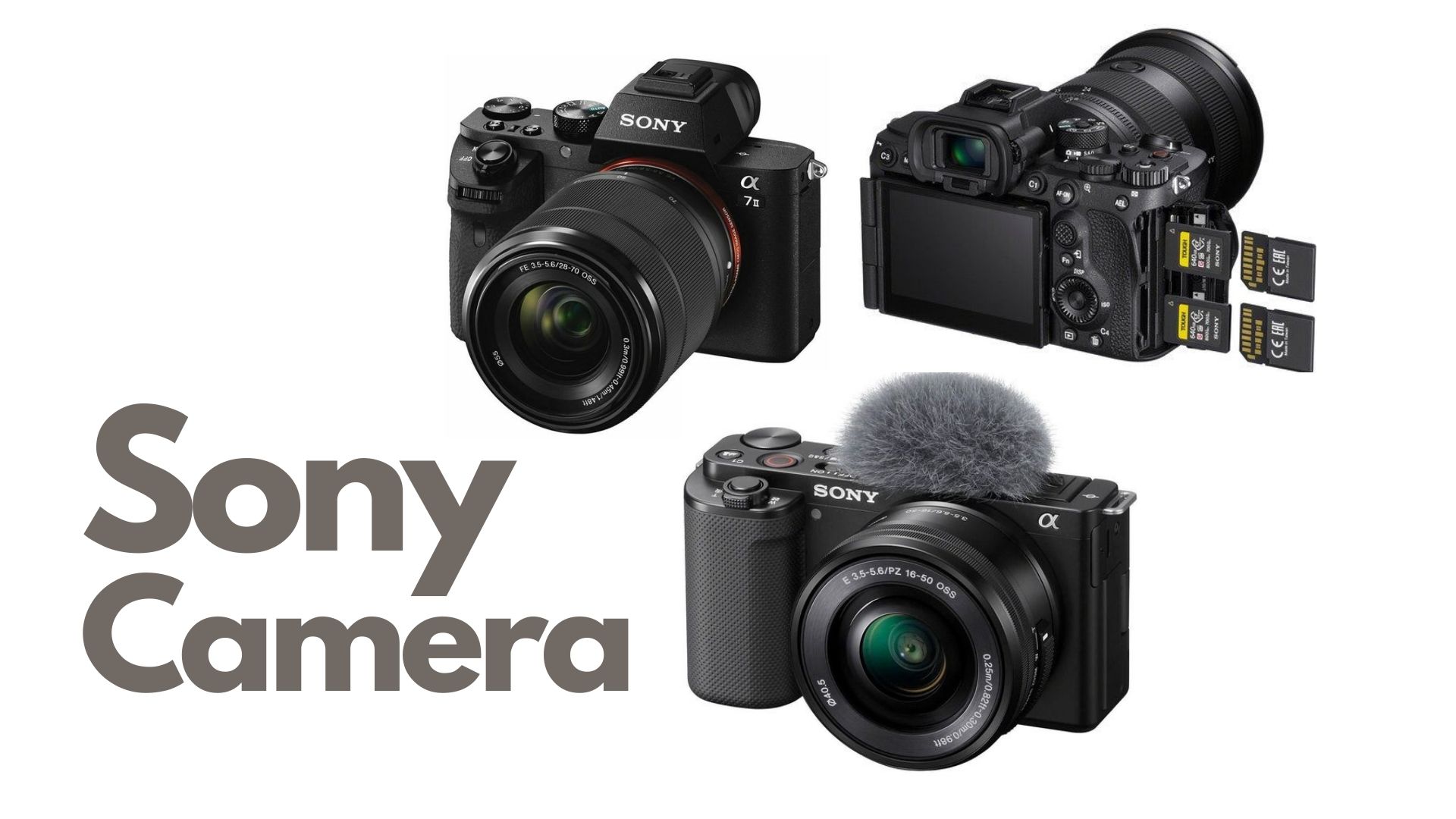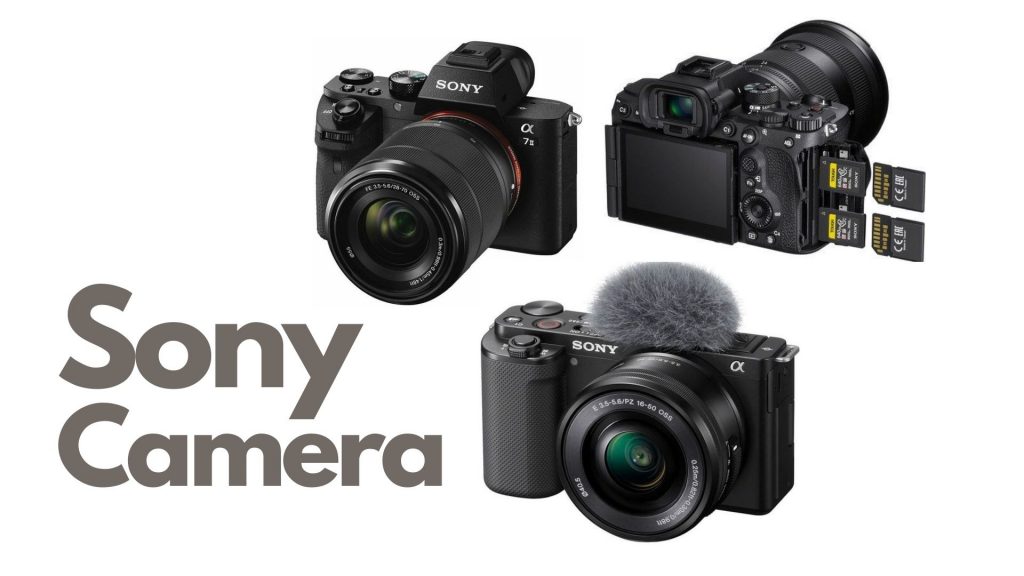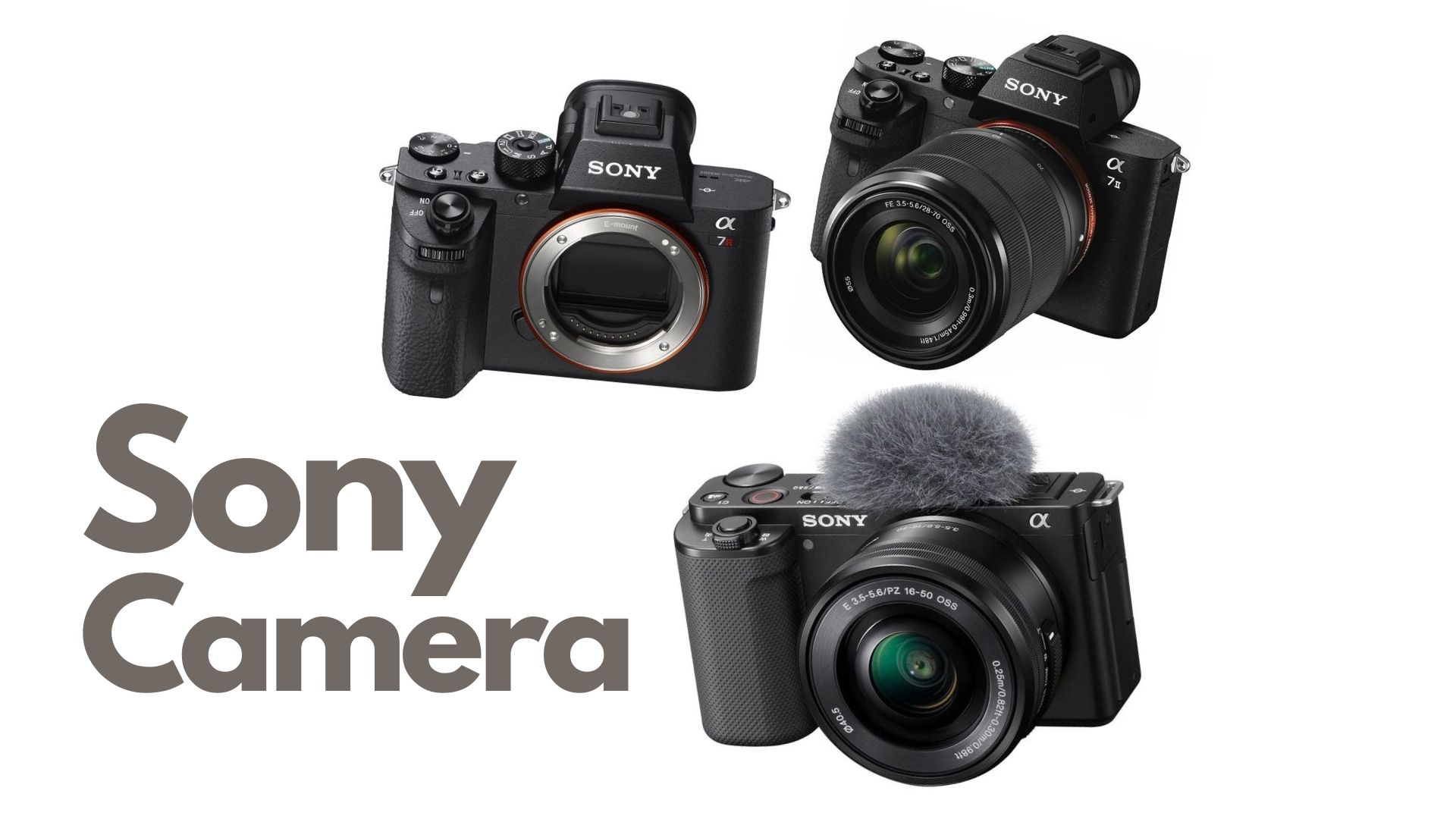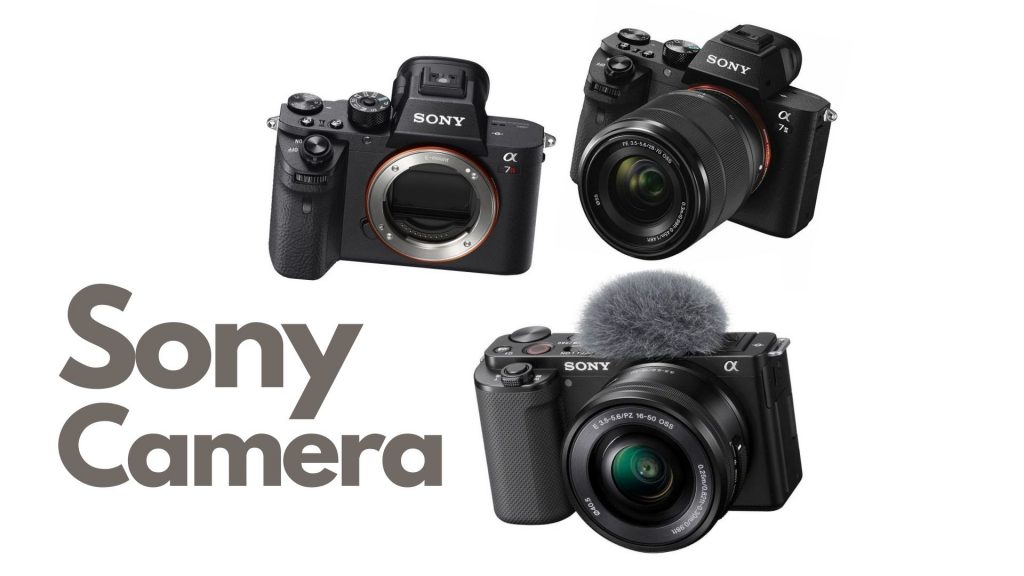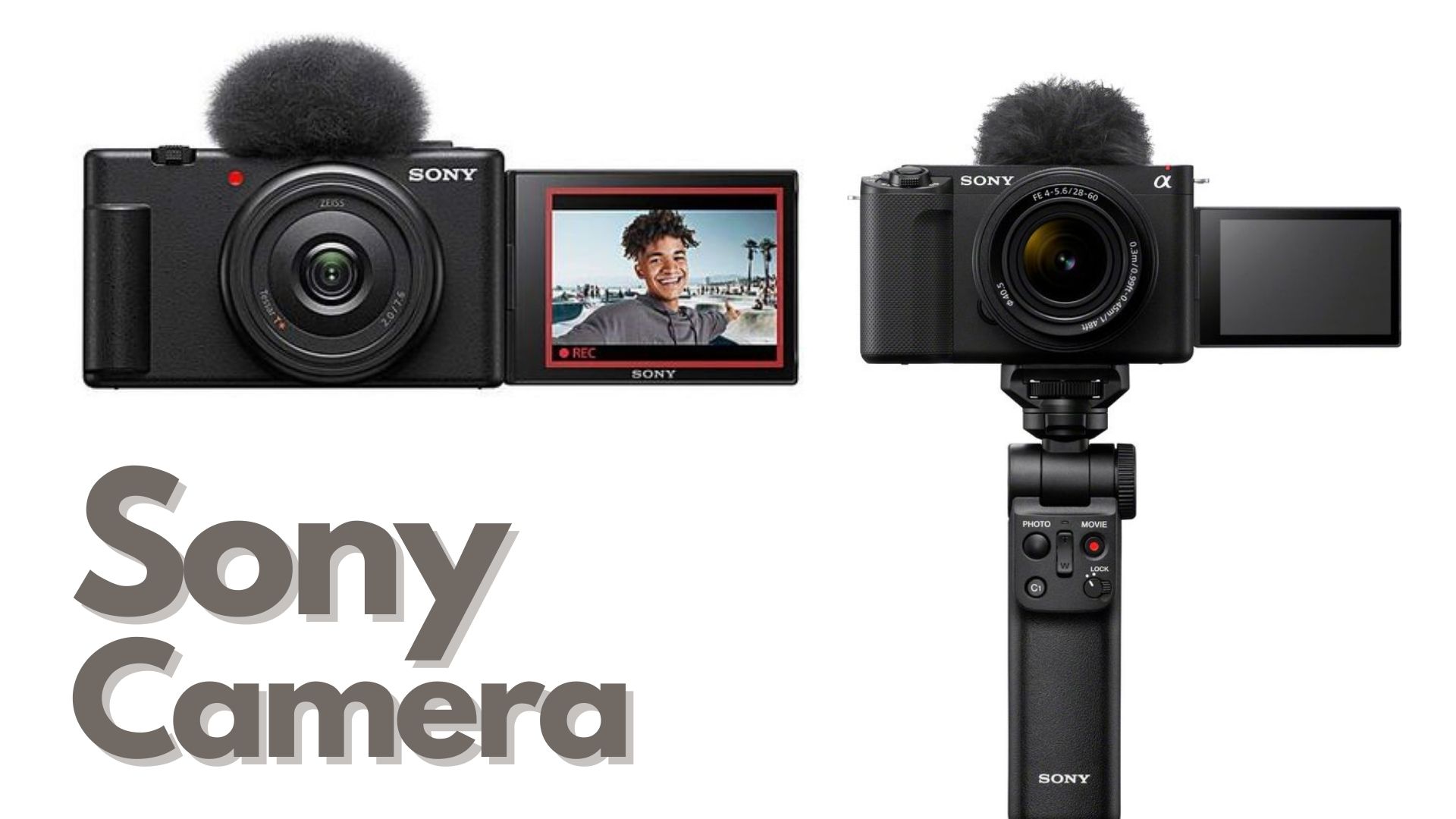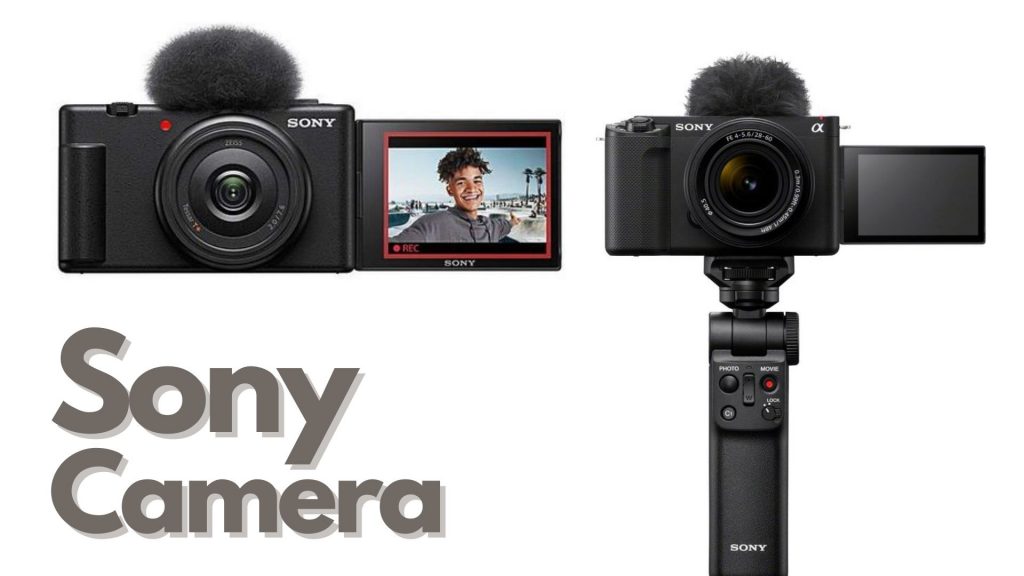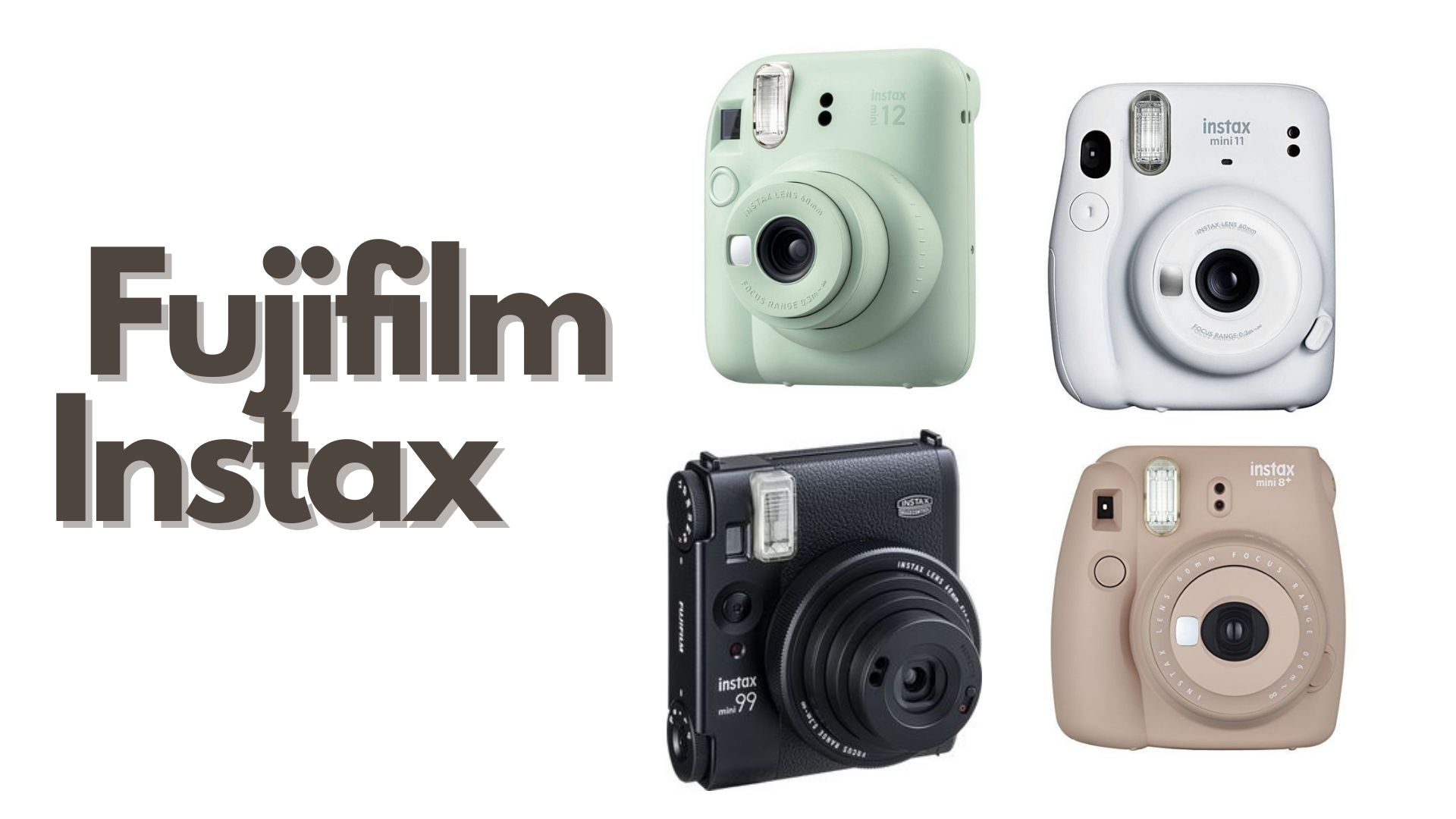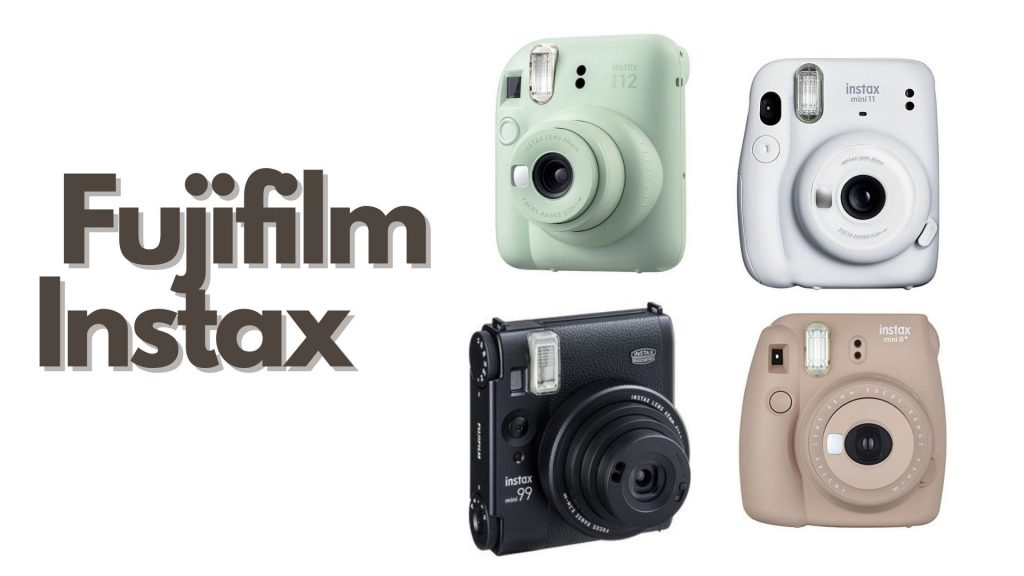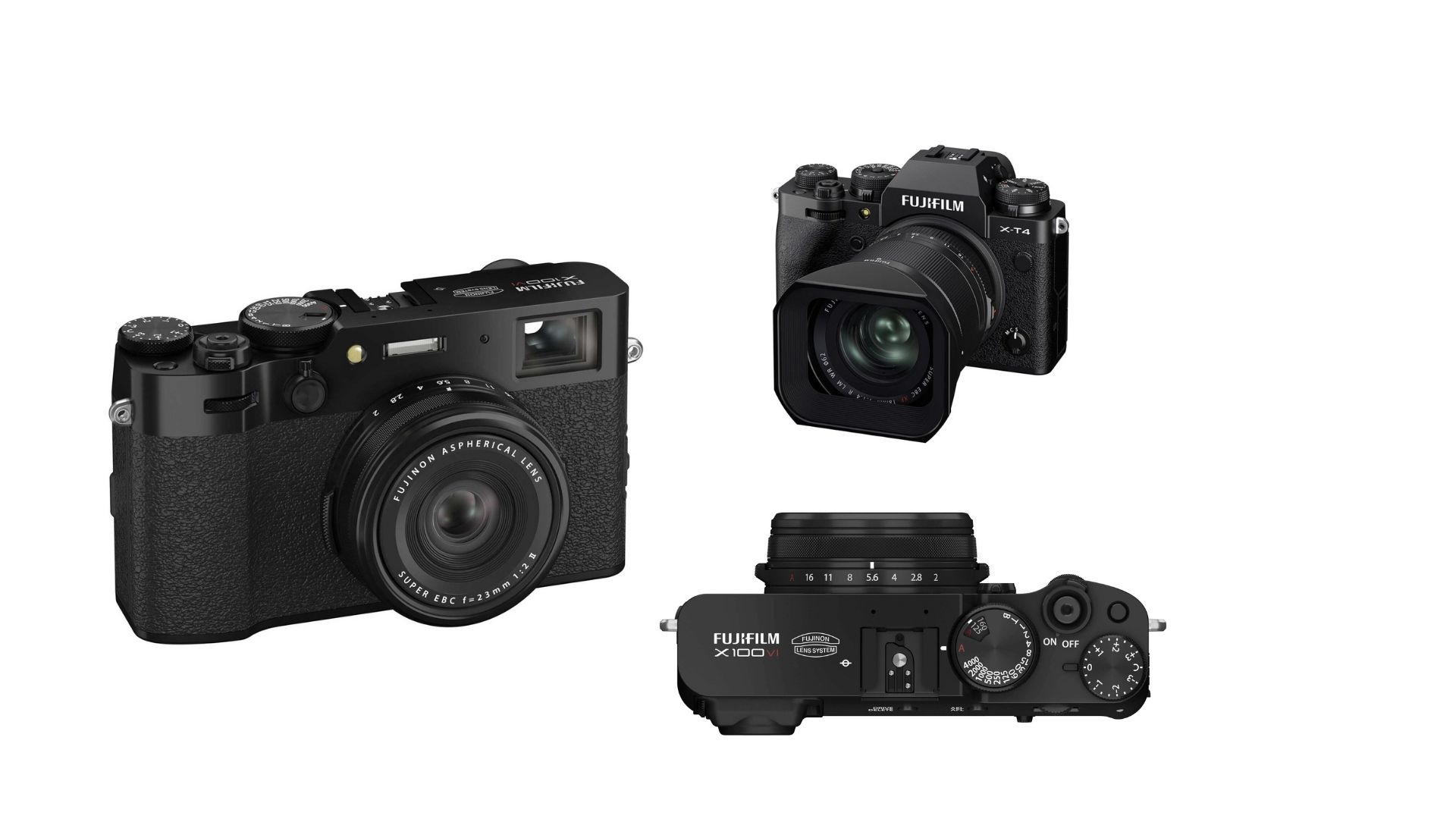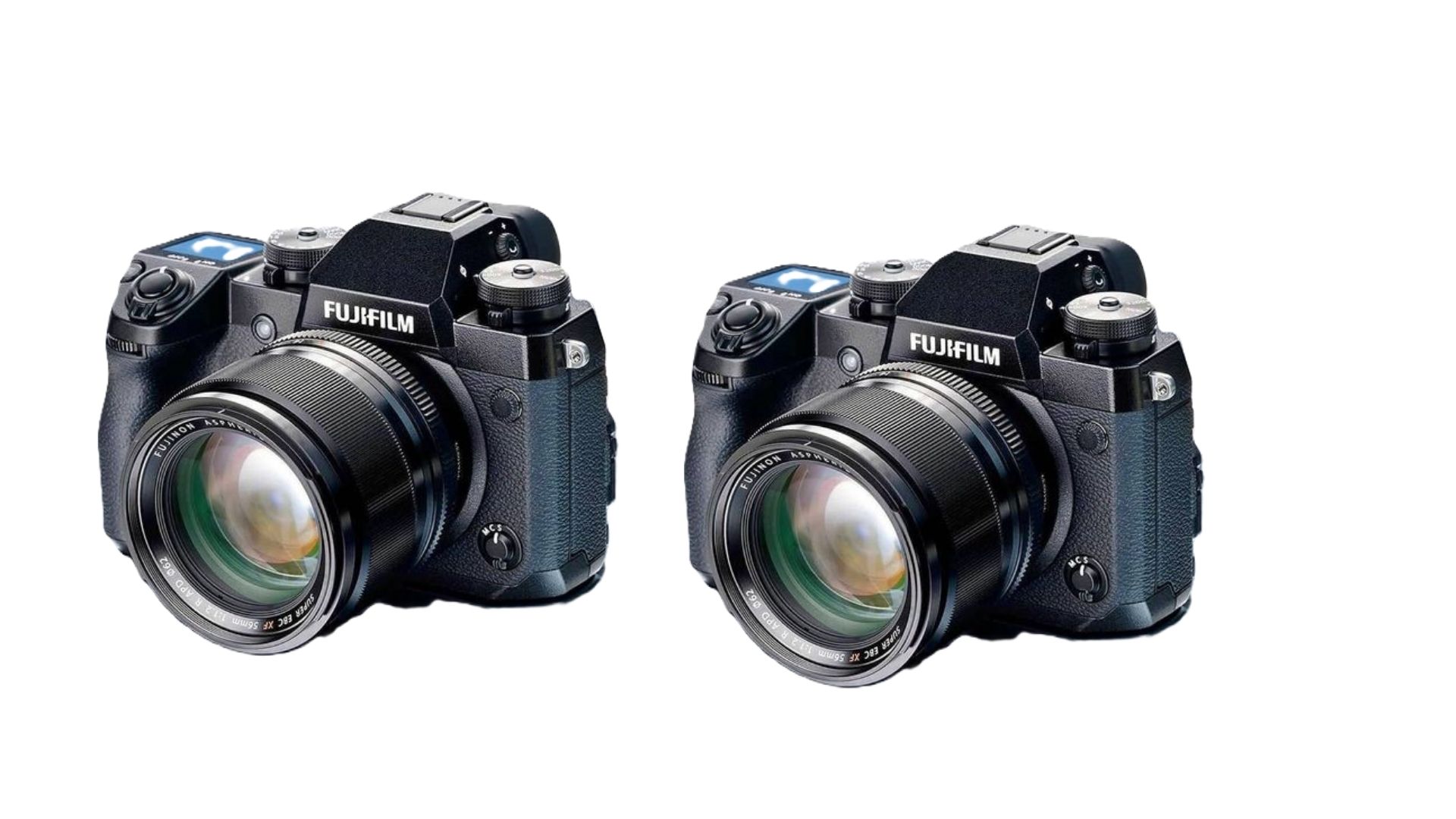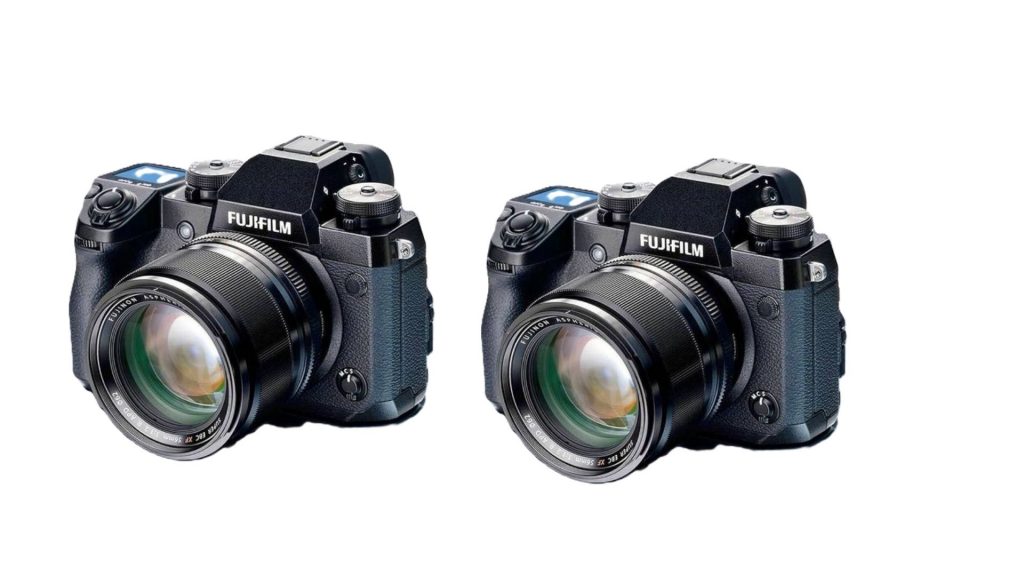Recent developments in camera technology have completely changed how we take pictures and record videos. You probably know how important shutter mechanisms are, whether you’re a professional photographer, videographer, or just a photography lover.
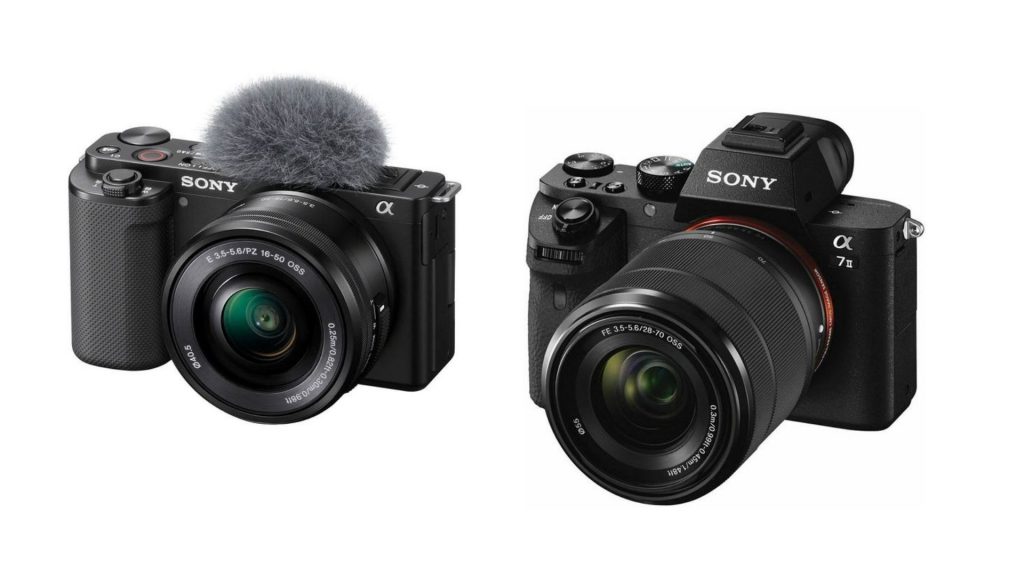
Among the many technological breakthroughs, the global shutter has been a game-changer in the camera industry. If you’re considering investing in a Sony camera, you might have come across the term “global shutter.”
But what exactly is a global shutter, and why is it such a big deal? In this article, we’ll explore what a global shutter is, why it’s important, and why a Sony camera with a global shutter could be the ultimate tool to elevate your photography and videography.
What is a Global Shutter?
To understand why a global shutter is such an impressive feature, it’s essential to first understand how a traditional camera shutter works. Most cameras, especially those with CMOS sensors, use what’s called a “rolling shutter.” In a rolling shutter mechanism, the camera sensor scans the scene line by line, typically from top to bottom.
This scanning process happens extremely fast, but not instantly. As a result, when capturing fast-moving objects or when panning the camera quickly, rolling shutters can create distortions in the image, leading to skewed or wobbly effects. This distortion is often referred to as the “rolling shutter effect.”
A global shutter, on the other hand, captures the entire image frame at once. This means that every pixel on the camera’s sensor is exposed to light at the same moment. With a global shutter, you eliminate the distortions commonly associated with rolling shutters. Fast-moving objects appear sharp, and rapid camera movements don’t result in any strange “Jello” effects.
Why Choose a Sony Camera with a Global Shutter?
Sony has long been a leader in camera innovation, and their introduction of global shutters into their cameras further cements their status. A Sony camera with a global shutter offers photographers and videographers several significant advantages, especially when shooting fast-paced action, sports, or any scenario where movement is involved.
Here are several reasons why you need a Sony camera with a global shutter:
Elimination of Rolling Shutter Distortion
Rolling shutters can cause distortion when filming fast motion, making objects like speeding cars or running people appear stretched or skewed. This can ruin a shot. In contrast, a global shutter in a Sony camera captures the entire frame at once, eliminating distortion and ensuring sharp, accurate images even with fast-moving subjects like athletes and wildlife.
Perfect for Sports and Action Photography
For photographers and videographers focusing on action events and sports, a global shutter is invaluable. It eliminates motion blur from quick movements, ensuring every shot is sharp and clear. Sony cameras with global shutters allow you to confidently capture high-speed action, whether it’s a footballer scoring, a cyclist racing, or a skateboarder performing tricks.
Superior Performance in High-Speed Videography
In videography, high-speed video capture is crucial for slow-motion and high-action scenes. A global shutter ensures consistency and clarity, eliminating artifacts and distortions often seen with rolling shutters. This is especially beneficial for filmmakers and content creators aiming for professional-quality footage.
Accurate Image Reproduction
A major benefit of global shutters in Sony cameras is their ability to reproduce images with high accuracy. Unlike rolling shutters, which can distort images during camera movements, global shutters capture scenes exactly as they appear. This accuracy is essential for professionals like photojournalists, wildlife photographers, and filmmakers who require true-to-life representations in their work.
Better Low-Light Performance
Low-light performance is crucial for photographers and videographers, and Sony cameras with global shutters excel in this regard. Unlike rolling shutters, which can cause motion blur and distortion, global shutters provide superior image quality in challenging lighting.
They allow for better exposure control and enable shooting fast-moving subjects without distortion, making them ideal for concerts, nighttime sports, and indoor scenes with poor lighting.
Enhanced Durability and Reliability
Sony cameras are known for their durability and reliability, especially with a global shutter. This makes them ideal for demanding environments, whether in heat, cold, or rain. The instant capture ability of global shutters allows photographers to adapt quickly to fast-paced conditions without compromising image quality.
Global Shutter in Sony’s Full-Frame Cameras
Sony’s full-frame cameras with global shutters are ideal for professionals needing exceptional performance. These features provide outstanding image quality, dynamic range, and color reproduction, allowing you to capture incredible detail in demanding scenarios like weddings and commercial shoots. With a full-frame Sony camera featuring a global shutter, you can enhance your creativity while ensuring top image fidelity.
Future-Proof Your Camera Gear
Investing in a Sony camera with a global shutter is also a way to future-proof your photography and videography gear. As technology continues to evolve, more emphasis is being placed on the need for speed and accuracy in image capture. Global shutters represent the next step in that evolution, providing the tools necessary to keep up with the ever-changing demands of professional photography and filmmaking.
With Sony continually innovating and leading the market, a camera equipped with a global shutter will ensure that you stay ahead of the curve, capturing high-quality images and videos for years to come.
Flexibility in post-production
Using a Sony camera with a global shutter offers significant flexibility in post-production. The clean, distortion-free footage facilitates smoother editing, color grading, and visual effects, making it easier for any project, from feature films to social media videos. In contrast, rolling shutter footage often needs extra post-production work to fix distortions, complicating the editing process.
Professional Quality for Enthusiasts
A Sony camera with a global shutter benefits not just professionals, but also enthusiasts and hobbyists looking to enhance their photography and videography. This technology is perfect for capturing fast-moving subjects and action sports, offering the reliability and image quality needed to elevate your work to a professional level.
Conclusion
In a world where smartphones and cameras with rolling shutters have become the norm, it’s easy to overlook the significance of a global shutter. However, for those serious about photography and videography, a Sony camera with a global shutter is an essential tool that offers numerous advantages. From eliminating rolling shutter distortions to providing superior performance in high-speed and low-light conditions, Sony’s global shutter technology ensures that you capture the perfect shot every time.
Whether you’re a professional photographer, a filmmaker, or an enthusiastic hobbyist, investing in a Sony camera with a global shutter will provide you with the reliability, flexibility, and image quality you need to push your creative boundaries. With its unmatched performance and cutting-edge features, a Sony camera equipped with a global shutter is not just a camera; it’s a game-changing investment in your craft.
CHECK THESE OUT:
Level Up Your Content Game with the Canon Cameras for Content Creators
Why the Canon Camera G7x is the Ultimate Camera for Content Creators
The Real Reason Behind Your Nikon Camera Not Focusing
Discover the Weather Sealed Fujifilm Cameras for All Conditions
Why Settle for Basic Cameras? Discover Which Fujifilm Camera Have IBIS
